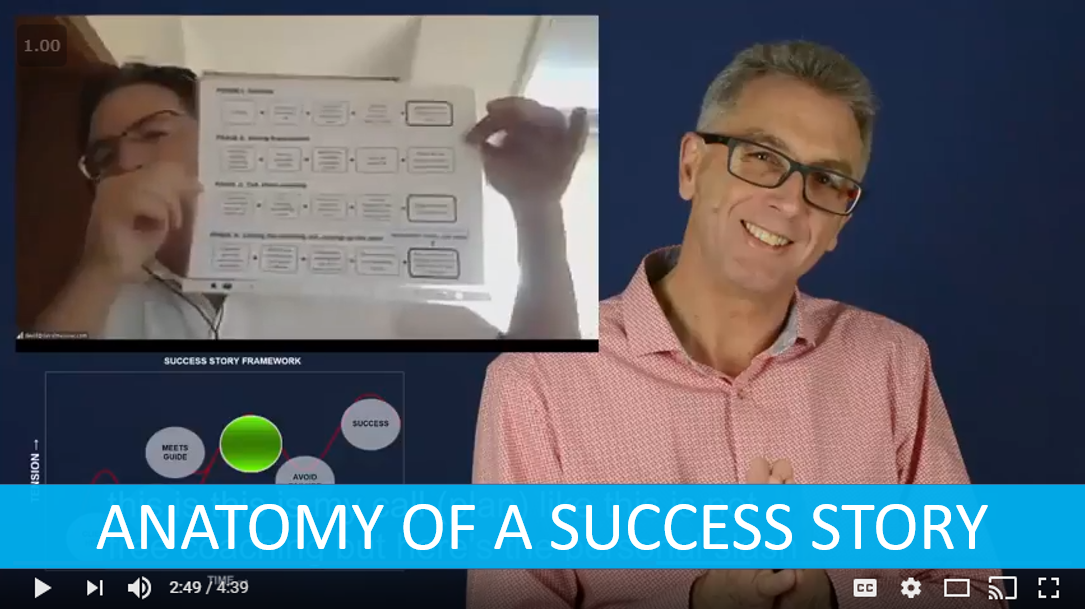When to walk away from a big deal

In the late 1990s, One.Tel tendered for the provision of an Australia-wide mobile phone network. The multi-billion dollar tender attracted aggressive bidding from all of the major multi-national telecommunications equipment companies.
One.Tel was a group of Australian-based telecommunications companies established in 1995, soon after deregulation of the Australian telecommunications industry, with high-profile backers such as the Murdoch and Packer families.
The Australian CEO for Siemens we'll call him Joe, led the bid for Siemens Australia, which was a front runner to win due to its advanced and proven technology.
As the tender negotiations proceeded, Joe became increasingly concerned about One.Tel's requirements for unsecured vendor financing - but approval for Siemens to provide this financing had been received from the Siemens board, and Joe was under pressure to "close the deal".
But something didn't feel right to Joe, he was concerned about the security for the financing and One.Tel's prospects. Despite the financing having been approved by Siemens's notoriously conservative commercial management cadre, Joe decided to pull out of the deal.
Joe's managers backed his decision and the main competitor won the tender.
A year or so later, when One.Tel went into receivership, Joe's competitor lost nearly a billion dollars and his brave decision was vindicated.
____________________________________
Company
: Siemens
Source
: Mike Adams conversations with the main players and Wikipedia https://en.wikipedia.org/wiki/One.Tel
Reference
: https://en.wikipedia.org/wiki/One.Tel
Story Type
: Teaching
____________________________________
For Story Students
The Setting
: Tendering for a new mobile phone network in late 90's Australia
The Complication
s: One.Tel required the vendors to provide unsecured vendor financing
The Turning Point
: Australian CEO made a gut decision to pull out of the tender process
The Resolution
: Siemens competitor won the tender and lost nearly $1 billion AUD when One.Tel collapsed and went into receivership
The Point of the Story
: Going with your gut feel when something feels wrong about a deal is often the best course of action but it takes courage.
How to use this story
: The story shows the importance of sticking with your convictions
____________________________________



